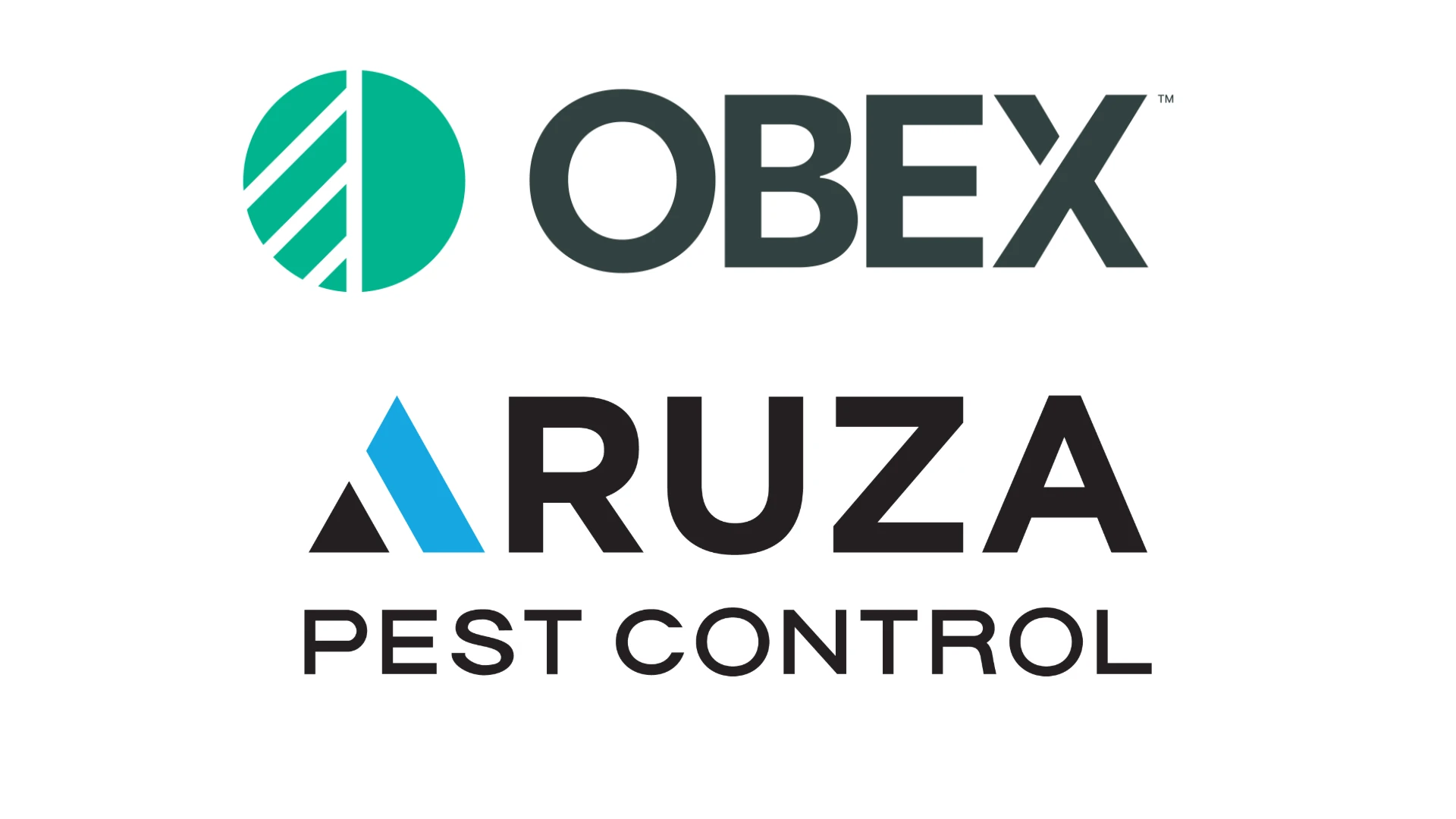Everyone knows that house flies aren’t welcome around food. But University of Florida (UF) scientists have discovered five new reasons why.
Researchers with UF’s Institute of Food and Agricultural Sciences have documented five more bacteria species carried by house flies, and all of them cause illness in humans, ranging from food poisoning to respiratory infections.
In a recent issue of Florida Entomologist, the researchers described collecting house flies near rear entrances and trash bins at four restaurants in Gainesville, Fla. About 20 flies from each location were collected in sterile containers and returned to the campus laboratory.
The team used fatty acid analysis and DNA sequencing to identify a total of 11 pathogens carried by the flies — five of them not previously linked to house flies: Acinetobacter baumanni, Bacillus pumilus, Cronobacter sakazakii, Methylobacterium persicinum and Staphylococcus sciuri.
The findings reinforce the notion that fly control plays a key role in protecting public health, especially around food sources, said UF’s Jerry Butler, a retired entomology professor who led the research team. "People need to know that there’s a reason for health requirements in restaurants," he said. "Most people have a good immune response, but there are those who are susceptible." They include infants, seniors and people whose immune systems are compromised by illness or chemotherapy.
As every pest management professional knows, fly control is a day-to-day battle because the insects are so mobile, traveling up to 10 miles in just a couple days’ time, according to Butler. Until this study, house flies were known to carry some 200 bacteria. But both Butler and researcher Jim Maruniak, a UF associate professor of insect pathology, said they expect additional research would turn up even more.
"It just shows you don’t need a lot of flies to contaminate food sources," Maruniak said.
In addition to the 11 bacteria documented in the study, there were five others that could not be positively identified, researchers said.
House flies’ feeding preferences are particularly troublesome for humans because the insects are attracted to decaying plant and animal matter — materials often found in garbage and animal waste. "If it smells good to them, we probably want to hide it," Butler said.
House flies must liquefy food before ingesting it, by placing spongy mouthparts on the food source and secreting saliva or regurgitated gut contents onto it. The pathogens that can hurt humans are spread by flies through the food-liquefying process, or by defecation.
The study was funded by Orkin. Alejandra Garcia-Maruniak, a UF senior biological scientist, and Frank Meek of Orkin, completed the research team.
Meek, the company’s international technical and training director, said his company wanted updated research to stress the importance of fly control in restaurants and kitchens. "Most people simply wave a fly away and go back to eating, but a cockroach crawling across the table elicits a very different reaction in a restaurant," Meek said. "However, our research shows that the housefly carries potentially twice as many pathogens as a cockroach. We think it’s important to educate our customers and the public about the health risks pests can pose."
Source: Mickie Anderson, University of Florida

Explore the October 2010 Issue
Check out more from this issue and find your next story to read.
Latest from Pest Control Technology
- Veseris Expands in Turf & Ornamental and Pool Supply with Acquisition
- Pest Authority, Mosquito Authority Celebrate All-Star Franchisees
- Ka Tsu Joins Avoca.ai
- Envu's Suite of Pest Management Solutions
- In Memoriam: Tom Moore
- 2024 Crown Leadership Award Winner Kathy Heinsohn
- OPMA Shares Officer Inductions, PWIPM Chapter Updates from Winter Meeting
- Inside Out





